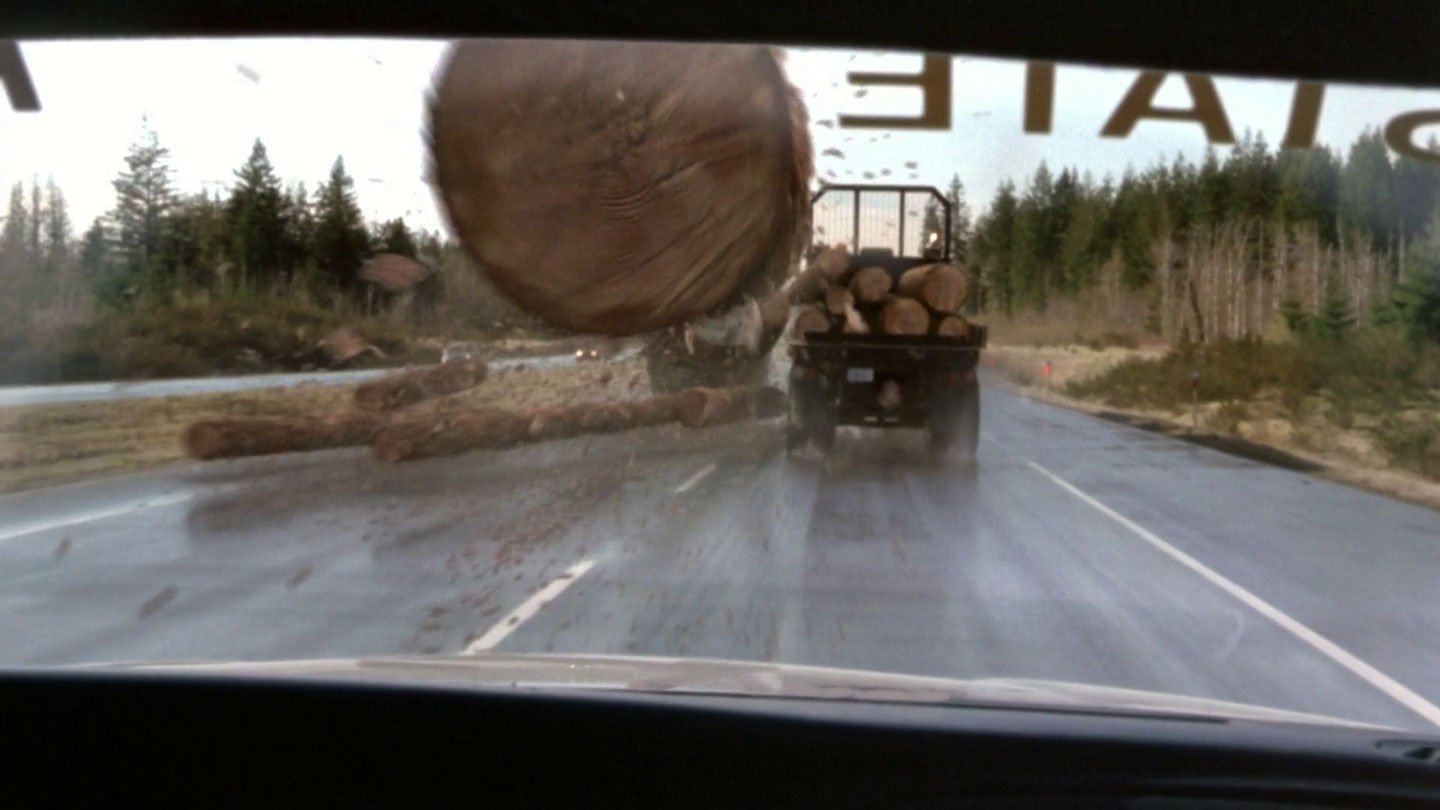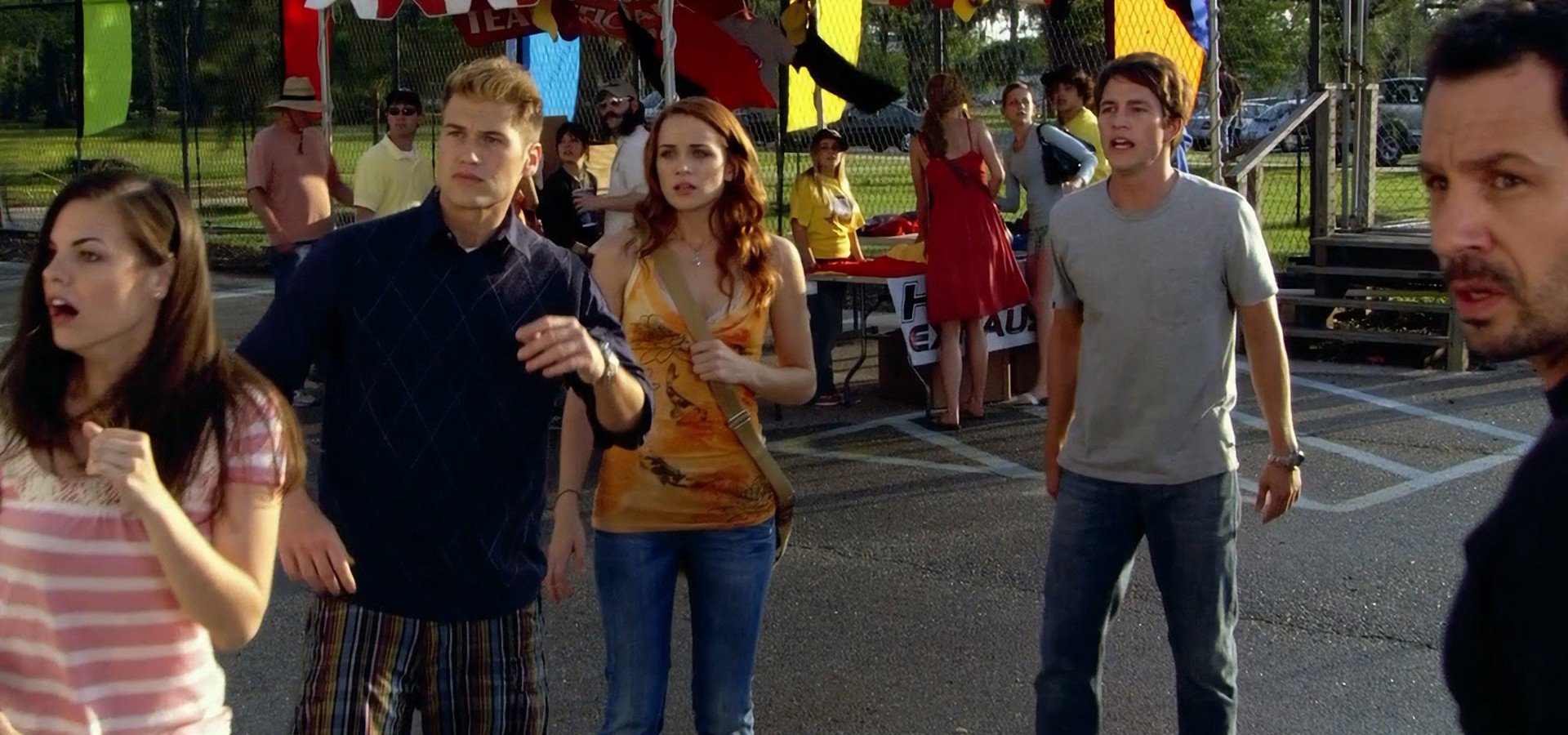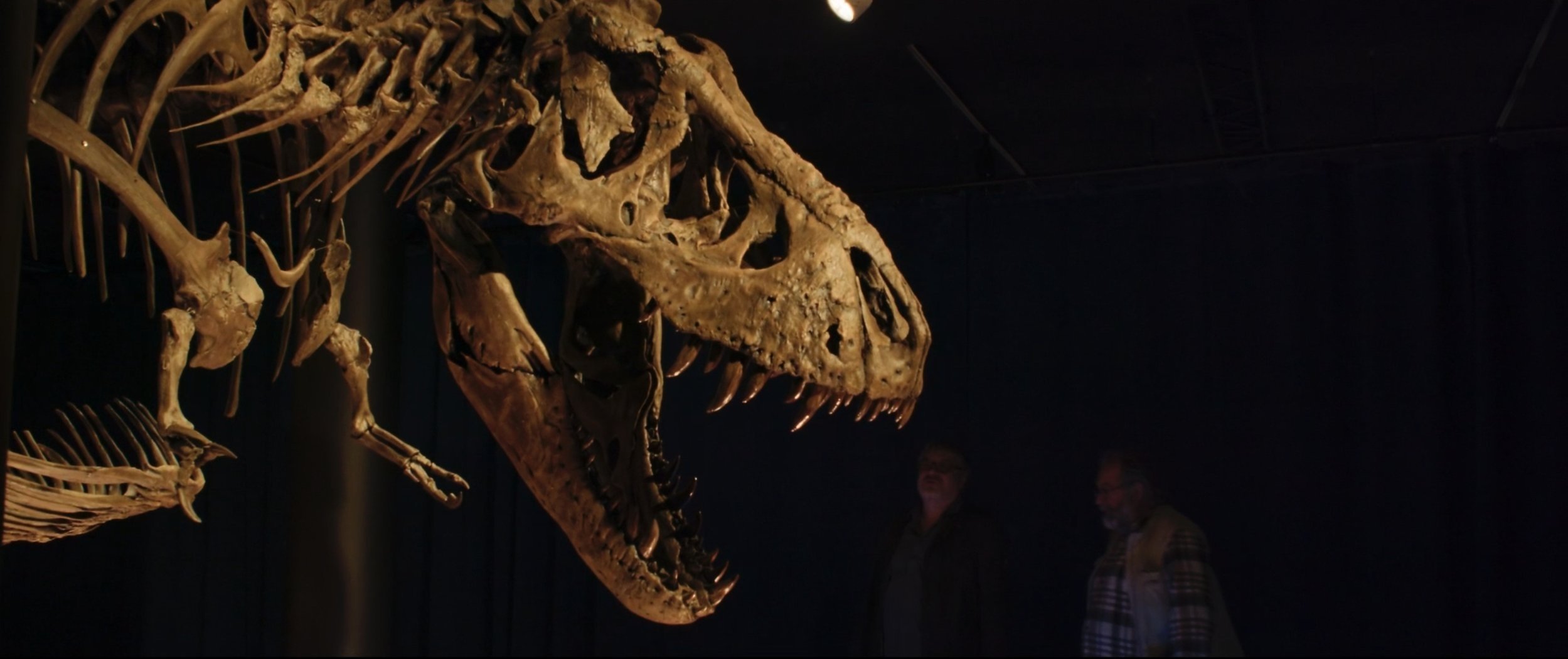Halloween Horror: Ranking the Films of the Final Destination Series
This year, as part of our continuing tradition of ranking films in the many horror franchises, I decided to tackle a short series of films stemming from the very earliest period of the twenty-first century: the Final Destination films. Revisiting these films, the first two which I had seen during their initial releases, is an interesting exercise in discerning quality, as it forces us to answer hard questions about what exactly lends this franchise its particular appeal.
Based on an idea by Jeffrey Reddick, which he originally pitched as an unproduced spec script for The X-Files, each film in the series follows a group of people who are saved from a disaster by a premonition had by one of the protagonists. However, in this world, death cannot be escaped, and one-by-one each of the survivors meets their doom, often in elaborate Rube Goldberg-type set-ups.
The main appeal of the series is the inventiveness and elaborate nature of the death scenes and whether characters will be able to avoid their fate. The series is set apart from most others by lacking a central villain, apart from the personification of Death itself, essentially making Death a slasher villain. Arguably, even the best of the films in this series are merely passable entertainment, but buried in the fairly stock 2000s era-filmmaking and rote characterizations are some interesting elements that mark the series as unique and, in my opinion, worth checking out for those who are interested in the slasher subgenre.
Final Destination 2 (2003) David R. Ellis
In a surprising first among our annual rankings, given how strongly most horror films water down and coast off of their iconic first entries, I’m not picking the first Final Destination as my favourite. That honour would go to the sequel, 2003’s Final Destination 2, a film that features a sequence that has stuck in my mind for the 20 years since I first saw the film, even if not much else did. That would be this film’s opening disaster: a massive freeway pile-up that surely ranks among one of the most impressive and shocking scenes of vehicular carnage ever put on film. Whenever I drive behind a truck on the highway, to this day, I still think of the image of massive logs becoming dislodged from the truck and tumbling directly through the front windshield of the cars behind it. The technical elements of that scene alone are enough to make it memorable, utilizing limited CGI and clever editing to give it a propulsive sense of realism. Final Destination 2 seems aware of its tragic and comic elements, asking the audience to treat the follow-up deaths as puzzles to solve. Will it be the gas stove or the plate glass that gets our characters? There is some genuine tension introduced simply through its formal cleverness. It also makes the most sense in terms of having Ali Larter’s Clear Rivers, the sole survivor of the first film, return and help the new characters quickly make sense of the situation they find themselves in. If I have one issue with the film, it’s that I wish they didn’t use so much CGI blood. I get that some of the scenes, such as one where a character is sliced like a cucumber by flying barbed-wire, couldn’t be accomplished without early-2000s computer graphics; the very fake-looking gore detracts from the rest of the film's technical accomplishments.
2. Final Destination (2000) dir. James Wong
The first film in the series remains a solid slasher adjacent horror thriller, owing much to the teen-oriented mystery slashers of the late 90s, including Scream and I Know What You Did Last Summer, if lacking the star power or inventiveness of those franchises. What struck me most on this re-watch was, even more than the solid concept, its function as a time-capsule of late-90s teenage culture and the last gasp of pre-9/11 American culture. Starring Canadian teen actor, Devon Sawa (who at this point might be most famous for his role as obsessive fan “Stan” in the titular Eminem music video and gifting that particular concept on our culture), Final Destination surprises by allowing its main characters to be relatively normal teens, at least from the perspective of the Instagram age of polished and marketed young people. Drawing inspiration from the 1996 crash of TWA Flight 800 off the coast of Long Island, watching Final Destination feels like seeing the kind of film that couldn’t have been made after 9/11. The airplane related opening disaster takes longer to set up than those more perfunctory sequels, even if it's more conceptually than visually inventive. The film also sets up the mysterious character of Bludworth, played by horror icon Tony Todd (Candyman), who has more knowledge of the “rules” surrounding Death’s plan than anyone else and will appear in the second and fifth films as well.
3. Final Destination 3 (2006) dir. James Wong
By the time we get to the third film in the series, the formula has definitely been settled on, to the point that the film itself embraces the metaphor of a pinball machine during its opening credits. The question is whether we can keep the ball from falling out of the game, but there is a lot of randomness and fate that’s going to be invoked here. Final Destination 3 is set at an amusement park and features an opening roller coaster disaster, which is quite promising and novel. This film stars Mary Elizabeth Winstead, before she was better known for later roles in Death Proof and Scott Pilgrim. While the opening disaster is pretty entertaining and thrilling, the film attempts to have Winstead’s character, Wendy, get her premonitions via her digital camera (in that brief period when digital cameras were ubiquitous, but smart phones had yet to become common). Frankly, it’s not very plausible that she would be able to follow the cues. That said, a couple of this film’s set pieces are among the most intense and suspenseful in the series, particularly a gruesome death in a tanning salon that still makes me cringe in horror.
4. Final Destination 5 (2011) dir. Steven Quale
The last Final Destination film in the series (thus far) seems to be a film that was made for people who are not really film fans, or even perhaps horror film fans. It’s perfectly conventional in its portrayal of white collar office workers who have perfectly ordinary and boring lives, and doesn’t seem to give much thought to the routines of life it portrays. It’s content to lean into cliches and exploitation of sex and racism without saying anything interesting about it (something it has in common with the previous entry in the series, I’ll note below). Yet, it also introduces an interesting twist to the series, adding new rules to how one can perhaps cheat Death. After an opening disaster on a bridge (shot in Vancouver on the Lion’s Gate Bridge), the characters discover (with some help from Tony Todd’s Bludworth) that they may be able to escape their fate by offering Death someone who wasn’t meant to die in the bridge disaster. This leads to characters actively committing murders, making this entry perhaps more of a conventional slasher than the earlier films. The film also has a surprise ending where (spoiler alert) it is revealed that the film is actually a prequel to the first film, and ends with the main characters boarding Flight 180 from the first film.
5. The Final Destination (2009) dir. David R. Ellis
Billed at the time as the final film in the series—always a risky move when financial success sends you back to the well—The Final Destination takes place in a world that feels more divorced from reality than the first three entries due to a fairly sloppy script. The film opens with a disaster at a NASCAR race that is fairly intriguing in its conception, though not very visually competent compared to the first couple entries. The bad CGI that was creeping into the series really shows here. It’s kind of shocking how low the bar had gotten by the late-aughts; it makes you appreciate the basic competence that those cheap late-90s and even early 2000s films still had. In a film that involves people trying to outwit Death, it’s particularly important that you have them behave in fairly understandable and believable ways, or you’ll just think “This film isn’t about the inevitability of death, but how stupid these people are.” This film’s plot hinges in part on a literal “racist guy,” called such by the other characters (and surprisingly allowed to drop a hard-r racial slur in a situation that forwards a fairly flimsy plot). Also, we have to believe that there would be a memorial for those who died at the speedway accident the very next night, at the same speedway! The film pushes believability beyond its breaking point. While a moment near the end had me wondering if it might push its main character, Nick (Bobby Campo) into a Saw kind of situation (would you cut off your arm to escape Death?), it pulls back at the last minute. Ultimately, the meager thrills of The Final Destination don’t justify this one’s existence.
Final Destination (2000, USA)
Directed by James Wong; screenplay by Glen Morgan, James Wong, Jeffrey Reddick, based on a story by Jeffrey Reddick; starring Devon Sawa, Ali Larter, Kerr Smith, Tony Todd.
Final Destination 2 (2003, USA)
Directed by David R. Ellis; screenplay by J. Mackye Gruber & Eric Press, based on a story by J. Mackye Gruber & Eric Bress and Jeffrey Reddick; starring Ali Larter, A.J. Cook, Michael Landes.
Final Destination 3 (2006, USA)
Directed by James Wong; written by Glen Morgan & James Wong, based on characters created by Jeffrey Reddick; starring Mary Elizabeth Winstead, Ryan Merriman.
The Final Destination (2009, USA)
Directed by David R. Ellis; written by Eric Bress, based on characters created by Jeffrey Reddick; starring Bobby Campo, Shantel VanSanten, Mykelti Williamson.
Final Destination 5 (2011, USA)
Directed by Steven Quale; written by Eric Heisserer, based on characters created by Jeffrey Reddick; starring Nicholas D’Agosto, Emma Bell, Miles Fisher, David Koechner, Tony Todd.








Anders and Anton work out why they feel that the Coen brothers’ 2016 Hollywood satire, Hail Caesar! might actually be a great movie to watch on Easter weekend.